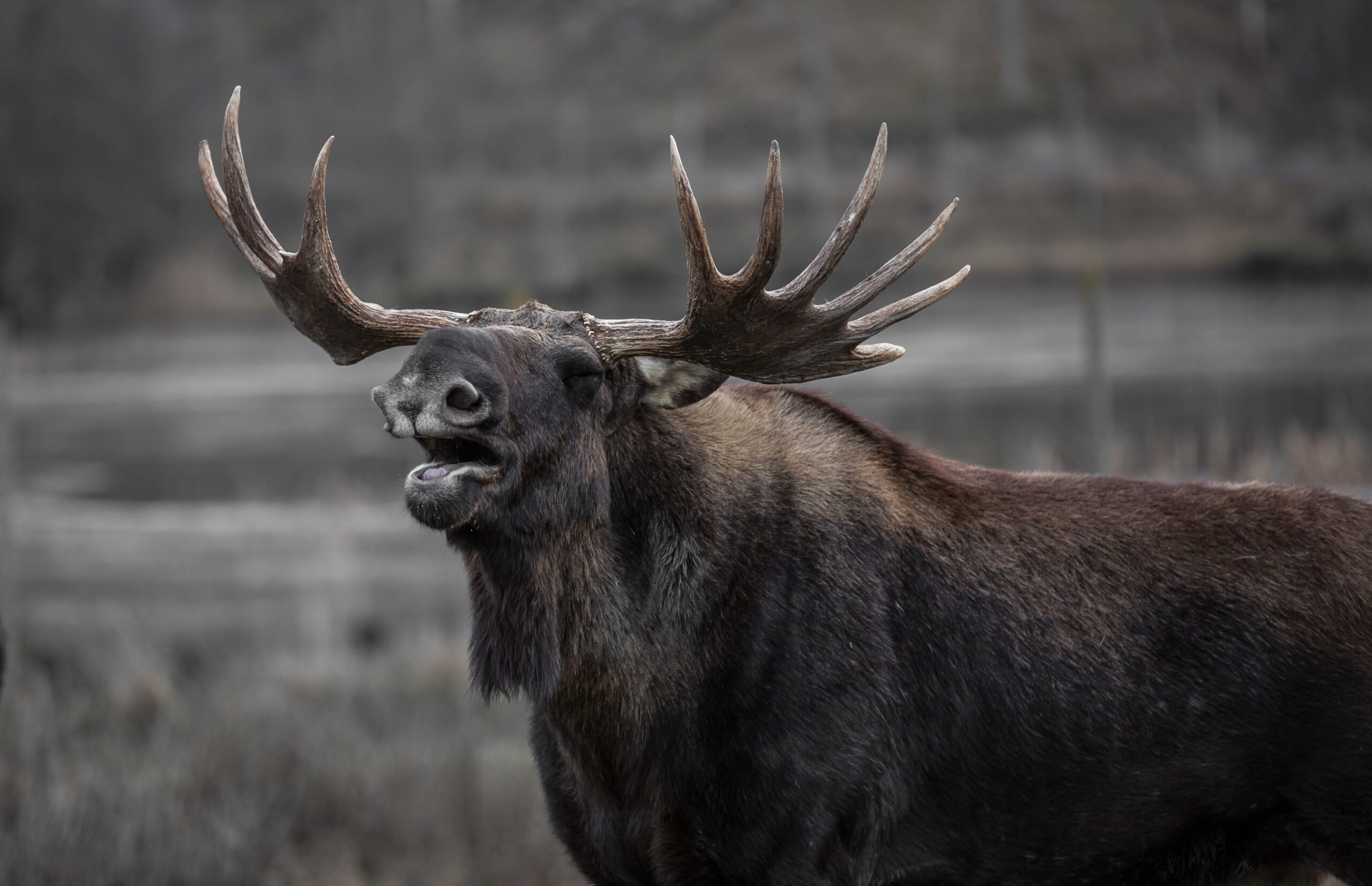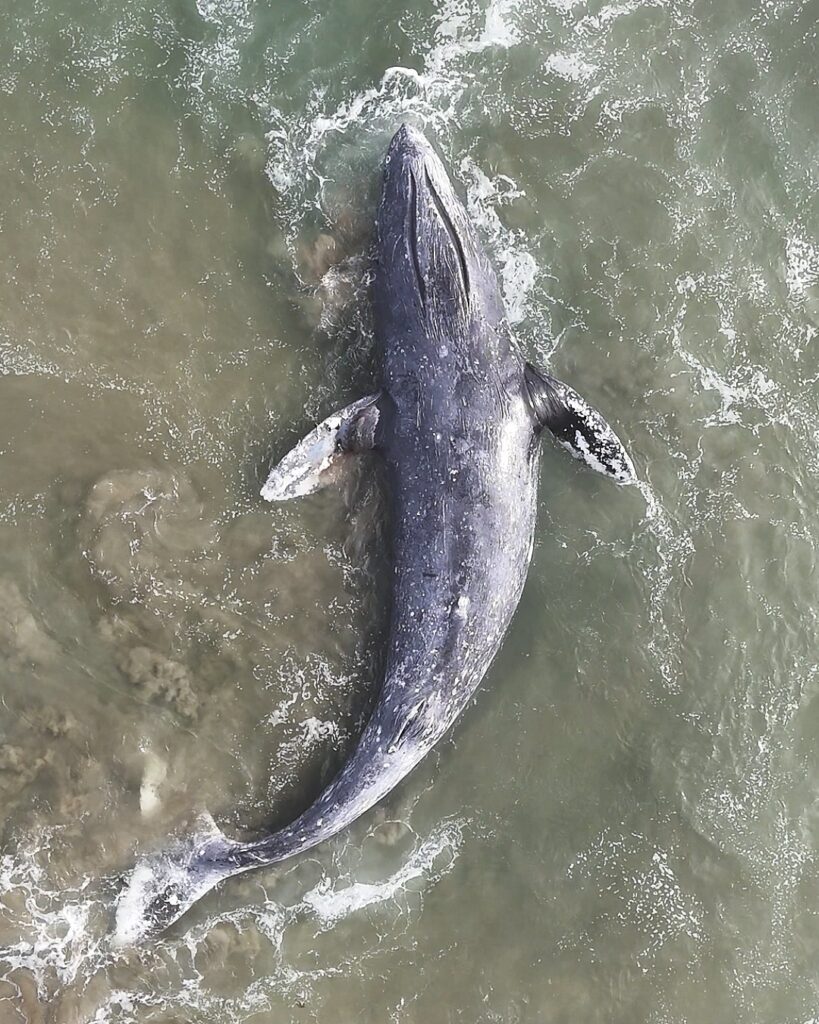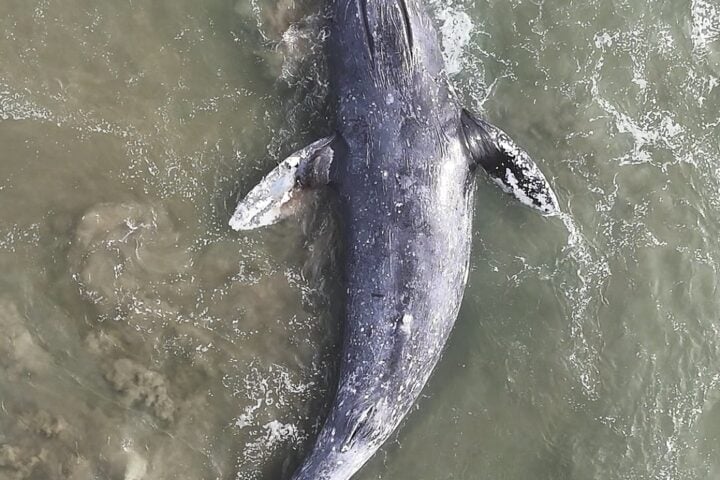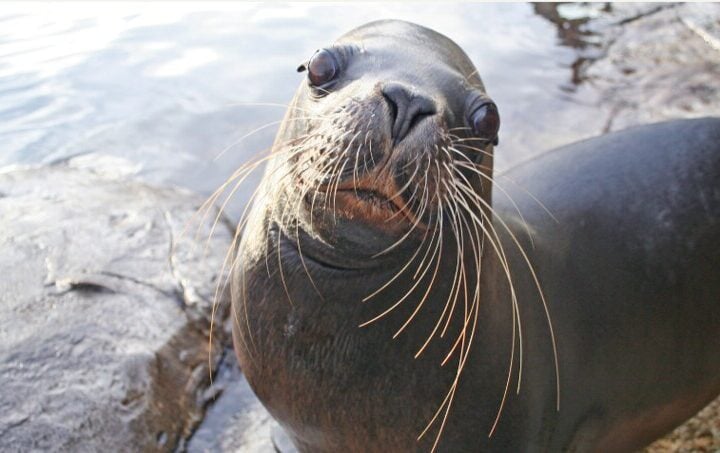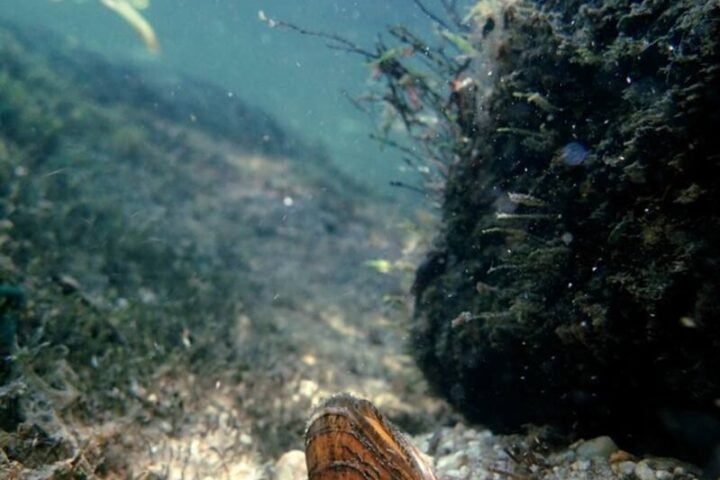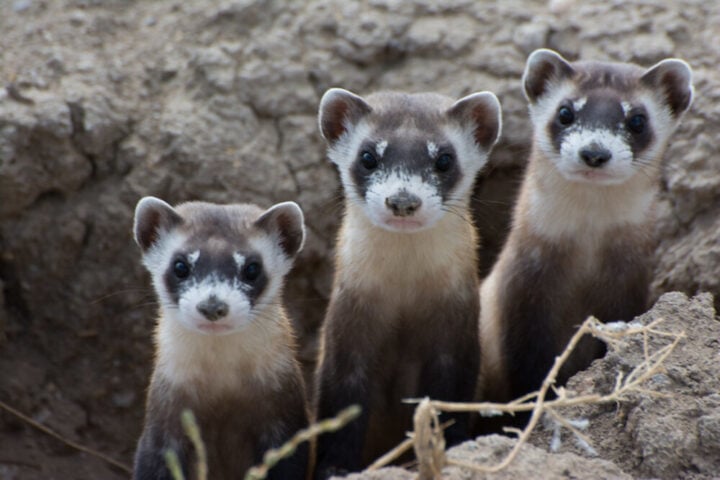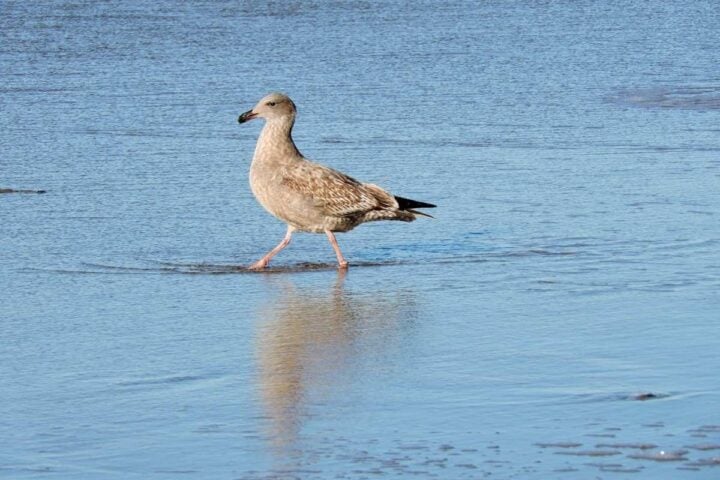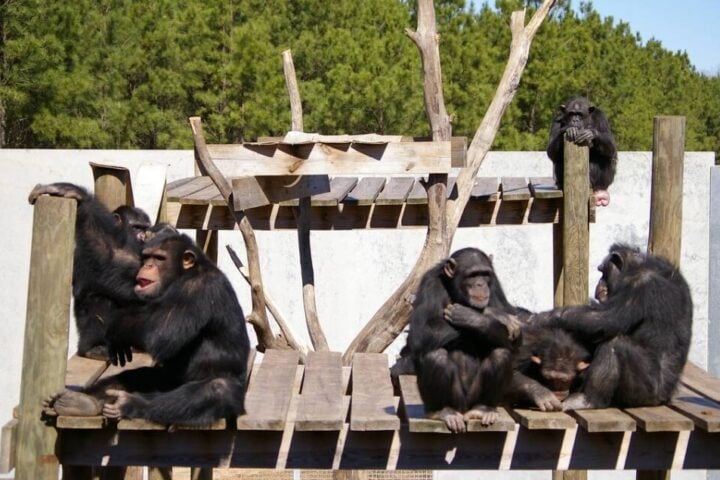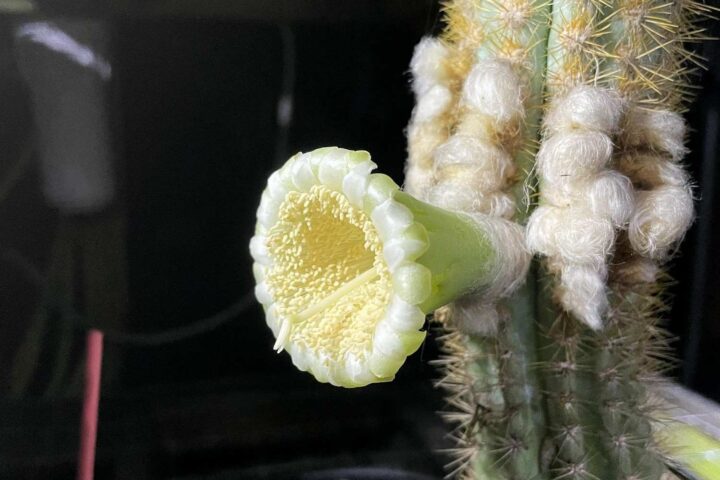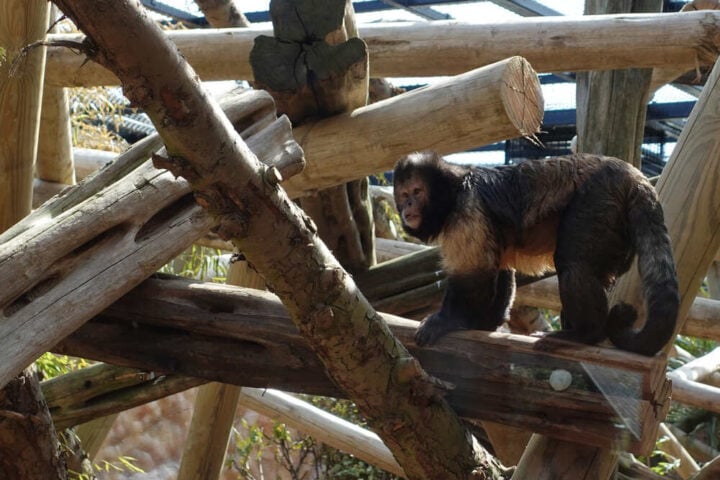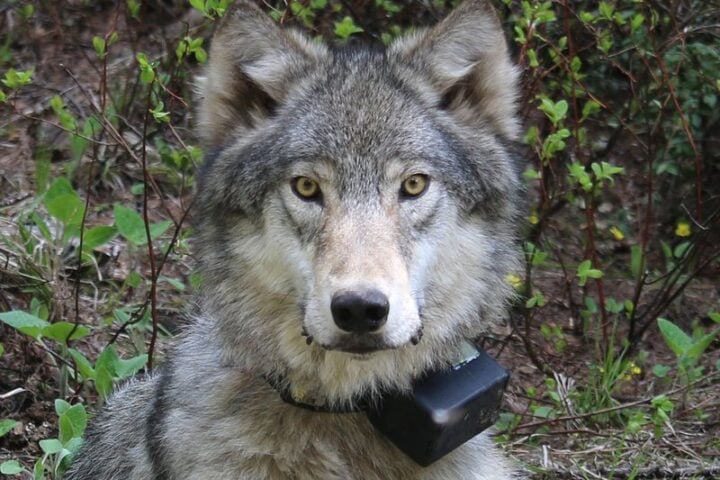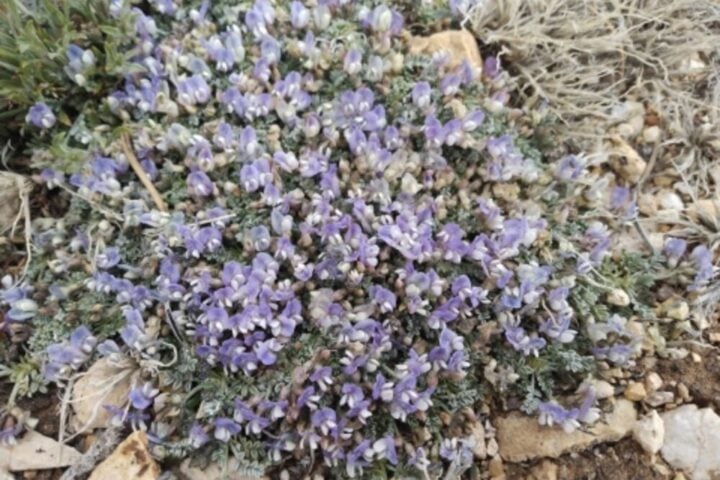Categories: Nature, wildlife
External link: Shed hunting season has arrived for some parts of the state | Wyoming Game & Fish Department
Wyoming shed antler hunters support regulations, survey says | Local | jhnewsandguide.com
Internal link: https://www.karmactive.com/a-hunter-helps-2-bucks-who-locked-their-antlers-separate/
Tags: bull elk, research, antlers, Wyoming
Focus key phase: All about antlers
Photo Link: https://pxhere.com/en/photo/760371
Photo description: Representative image of moose
Photo source: Pxhere.com
License: (CC0 Public Domain license)
________________________________________________________________________________________________________________
The winter of 2024-25 is receding now across Wyoming’s sagebrush hills. As elk, deer, and moose begin their seasonal migrations toward summer range, they leave behind calcium-rich prizes that have become increasingly sought after. Their antlers—those magnificent branched structures that mature bull elk carry like crowns—have dropped to the forest floor in nature’s annual cycle.
Previously, Doug Brimeyer, the Deputy Chief of Wildlife, Wyoming Game and Fish Department in 2018, had stated, “Big game animals that are concentrated on winter ranges during the late winter and early spring are usually in poor body condition. Human disturbances, like shed antler hunting, can contribute to additional losses of fat reserves, which directly affects their survival.”
The bull elk that traverse these landscapes grow remarkable structures. Using precisely calibrated photosynthesis-dependent hormonal triggers, bulls begin growing antlers in spring when decreasing testosterone meets lengthening daylight. The growth rate peaks at approximately two-thirds of an inch daily for mature bulls in the latter stages of the growth period. By the season’s end, mature bull elk typically carry 55-60 inch antlers spanning nearly six feet, weighing approximately 30 pounds.
These aren’t permanent structures like bighorn sheep’s keratin horns. Rather, they’re mineralized bone tissue that experiences complete annual regeneration—the only mammalian appendage capable of full replacement.
The Wyoming Game and Fish Department has progressively tightened regulations as shed hunting’s popularity has exploded. Most significant was the 2024 implementation of differential access in Collection Area 1—giving state residents a critical head start. Wyoming residents now begin at 6 a.m. on May 1, while non-residents must wait until May 8. Additionally, non-residents 15 and older must purchase a conservation stamp.
These changes followed years of escalating pressure since the first seasonal closure (Chapter 61 regulation) was implemented in 2010. That initial restriction prohibited antler collection on public lands west of the Continental Divide from January 1 to April 30, recognizing the critical winter stress period for ungulates.
The research reveals a striking statistic: 87% of Wyoming residents strongly support these new statistics.”I think that’s why it’s so great we have the surveys, because my perception is different than our data would indicate,” Kjorstad admitted,regulations compared to just 27% of non-residents. This stark divide underscores the tension between local access and outside participation.
Similar Posts
“There’s a strong conservation motivation for regulation, which is to protect wildlife for the sake of wildlife,” explains Maher. The delicate :late-winter period sees ungulates at their most vulnerable—physiologically stressed, nutritionally depleted, and in minimal fat reserve. Human disturbance forces these animals to expend precious energy reserves, with potentially fatal consequences after harsh winters.
The economic dimensions can’t be ignored. With fresh “brown” antlers fetching between $15-20 per pound, significant financial incentives exist. Yet contrary to assumptions about profit-driven hunters, Maher and Kjorstad found a more nuanced reality. While 49% of participants reported selling antlers at some point, only 20% of antlers found by survey participants were sold in the previous year.
“I think that’s why it’s so great we have the surveys, because my perception is different than our data would indicate,” Kjorstad admitted, challenging his own preconceptions about motivations.
The monetary value has inevitably fueled illicit activity. Wildlife enforcement personnel face significant challenges monitoring vast areas for residency compliance, preventing early collection, and investigating poaching. Violations of the federal Lacey Act occur when illegally obtained wildlife products are transported or sold.
Multiple wildlife habitat management areas (WHMAs) managed by Wyoming Game and Fish maintain their own seasonal closures, often extending into May. These crucial winter ranges receive added protection to minimize disturbance to wintering animals and prevent habitat damage from human traffic.

The Yellowstone northern elk herd data provides important context. This population has fluctuatedf 3,915 in 2013. dramatically—from approximately 17,000 when wolf reintroduction began in 1995 to a low o Recent years have shown modest recovery, with 6,673 counted in 2022. These elk spend summers in Yellowstone’s high elevation meadows but mostly migrate outside park boundaries for winter, placing them squarely in the areas where shed hunters operate.
The practice exists at a fascinating intersection. It represents both ancient human behaviors—the gathering of natural materials—and modern recreational and commercial pressures. The allure of finding a freshly dropped six-point bull elk antler pulls thousands into Wyoming’s backcountry each spring. Yet this pursuit now requires careful management to ensure the wild creatures who grow these magnificent structures can thrive.
As Wyoming’s landscape continues its seasonal transformation, the quiet hills where antlers lie hidden remain at the center of an evolving conversation about wildlife, access, and the meaning of conservation in the modern American West.
________________________________________________________________________________________________________________
Web Story title: Antler hunting in Wyoming.
Key Sentances:
- As elk, deer, and moose begin their seasonal migrations toward summer range, they leave behind calcium-rich prizes that have become increasingly sought after. Their antlers
https://pxhere.com/en/photo/1406309
Source: pxhere
- Sam Maher of UC Berkeley and Tyler Kjorstad from the University of Wyoming have pulled back the curtain on who these shed hunters are and what drives them. https://www.flickr.com/photos/usfwsmtnprairie/36968870551
Source: flickr
- By the season’s end, mature bull elk typically carry 55-60 inch antlers spanning nearly six feet, weighing approximately 30 pounds.
https://commons.wikimedia.org/wiki/File:Bull.elk.8.24.2014.jpg
Source: wikimedia commons
- These aren’t permanent structures like bighorn sheep’s keratin horns. Rather, they’re mineralized bone tissue that experiences complete annual regeneration
https://www.deviantart.com/hotnstock/art/Bone-Stock-2-Elk-Bull-Skull-537328831
Source: deviantart
- The Wyoming Game and Fish Department has progressively tightened regulations as shed hunting’s popularity has exploded. https://www.flickr.com/photos/usfwsmtnprairie/36968870551
Source: flickr
- These changes followed years of escalating pressure since the first seasonal closure (Chapter 61 regulation) was implemented in 2010.
Source: flickr
- With fresh “brown” antlers fetching between $15-20 per pound, significant financial incentives exist
https://www.pexels.com/photo/close-up-of-a-deer-with-majestic-antlers-in-the-wild-29147722
Source: pexels
- Multiple wildlife habitat management areas (WHMAs) managed by Wyoming Game and Fish maintain their own seasonal closures, often extending into May.
https://itoldya420.getarchive.net/amp/media/hirsch-antler-forest-nature-landscapes-2d6650
Source: itoldya420 getarchive
- The Yellowstone northern elk herd data provides important context. This population has fluctuated dramatically—from approximately 17,000 when wolf reintroduction began in 1995 to a low of 3,915 in 2013.
Source: animalia website
10 As Wyoming’s landscape continues its seasonal transformation, the quiet hills where antlers lie hidden remain at the center of an evolving conversation about wildlife, access, and the meaning of conservation in the modern American West.
https://www.rawpixel.com/image/582790/carol-highsmiths-wyoming-photograph
Source: rawpixel
